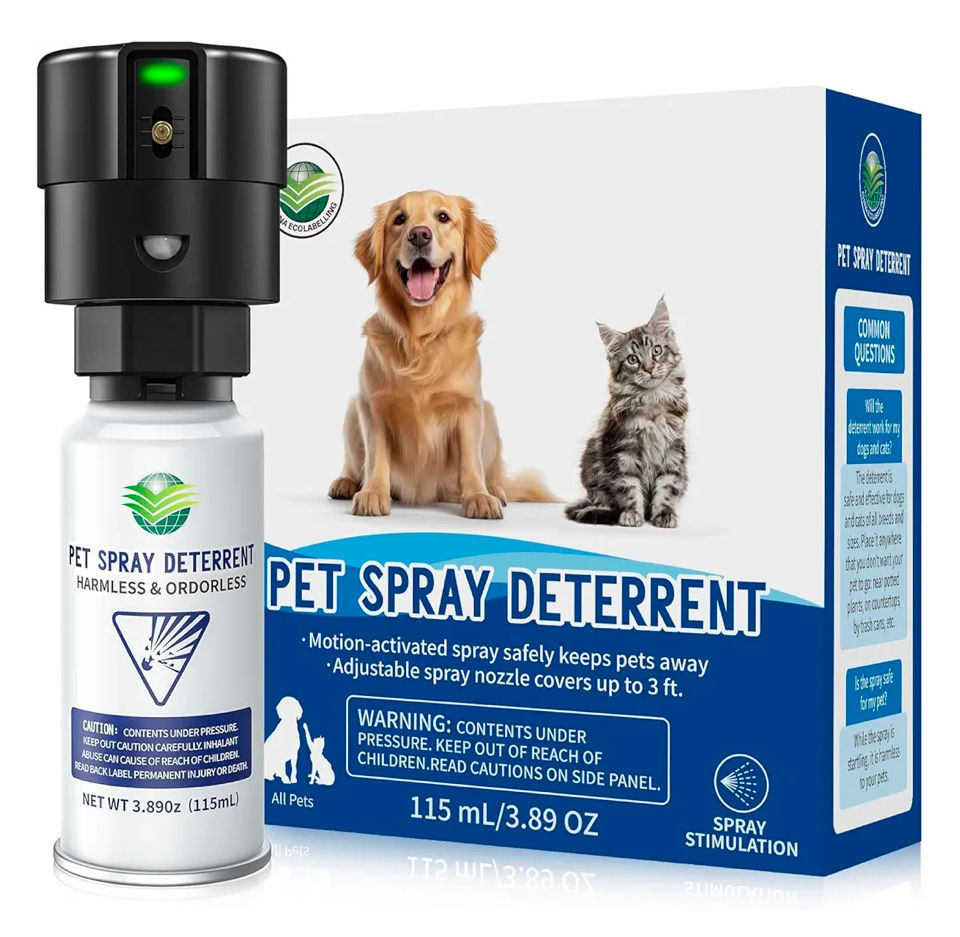WTH Happened to My Cats Fur?
- Rose

- Apr 2
- 3 min read
Updated: Apr 6

It's official!! Spring has sprung in Seattle and the cat fur is flying! Many of our feline friends are living the life of luxury in temperature controlled homes, and their little bodies are still attuned to the changing of the seasons outside. A rapid shedding, during a major season shift when combined with age and overall health of the cat can influence how much fur comes off. This can also be the cause for mats to appear instantly! In this detailed blog we will shed the light on exactly how this occurs and what you can do to keep your kitty looking and feeling their best this spring.
Indoor cats tend to shed all year long. Some fur is left behind anywhere your cat has been- and that is a result of that continuous shedding. In addition, cats generally have four shedding episodes that follow the changing of the seasons. However, the two most noticeable sheds are spring and fall when there is a substantial difference in the changing of temperature. Cats regulate their body temperature by shedding the thick dense fur (known as the winter coat) in warmer periods of the year. A thinner lighter fur (known as the summer coat) grows in and then the shedding cycle continues with that summer coat shedding to make room for the winter coat.
This rapid shedding is what causes those clumps of fur to "suddenly" appear EVERYWHERE!! Worse yet, is now your beautiful kitty is suddenly covered in mats. Mats can occur on both long and short haired cats!! As the dead fur is rapidly falling off the body in large quantities and the new fur is trying growing in- this causes the shedding fur to get tangled.
The age and health of a cat also has an impact on how mats are developed. Many cats take three years or longer for their bodies to grow and become fully mature. During this time a cat’s coat may become more dense and longer. The kitten you adopted at one year old may not shed as much or not have mats during their first year. However, they could be covered in knots, mats, or worse- be pelted by the second year!! Additionally, as a cat ages their daily activities slow down. This includes self grooming. Self grooming takes a lot of work and energy. Some of the thicker fur types can make a cat feel overwhelmed. For some breeds of cat the fur becomes impossible for them to maintain without assistance during a major shed. Likewise, if a cat is obese or has an illness then the self grooming will also be more challenging for them.
Not to worry though here are a couple of things you can do to help your kitty through the spring shed.
Get your kitty an undercoat strip out! This is a safe quick process generally preformed by a professional groomer using a stripping comb. The stripping comb is specifically designed to remove the loose dead fur while combing through the new fur. This will prevent the mats from occurring, and reduce the clumps of fur floating around the house.
Wash the cat's bedding and remove the excess fur (and dandruff) from the places the cat hangs out and sleeps. Why pay for professional grooming if your cat is going to sit/sleep in old yucky fur?
Brush your kitty daily with a slicker brush. This doesn’t need to be for very long or feel laborious. Make it part of a daily cuddle routine. Break the brushing session down into sections and start by brushing one side of your cat, and get the other side next time. Daily brushing will help to remove the excess fur, help to keep your kitty mat free, and there will be less fur floating around your home!
By understanding the cycle of shedding, the changing needs of elderly or unhealthy kitties, and implementing short daily brushing routines can help your cat feel like a Better Kitty.




Comments